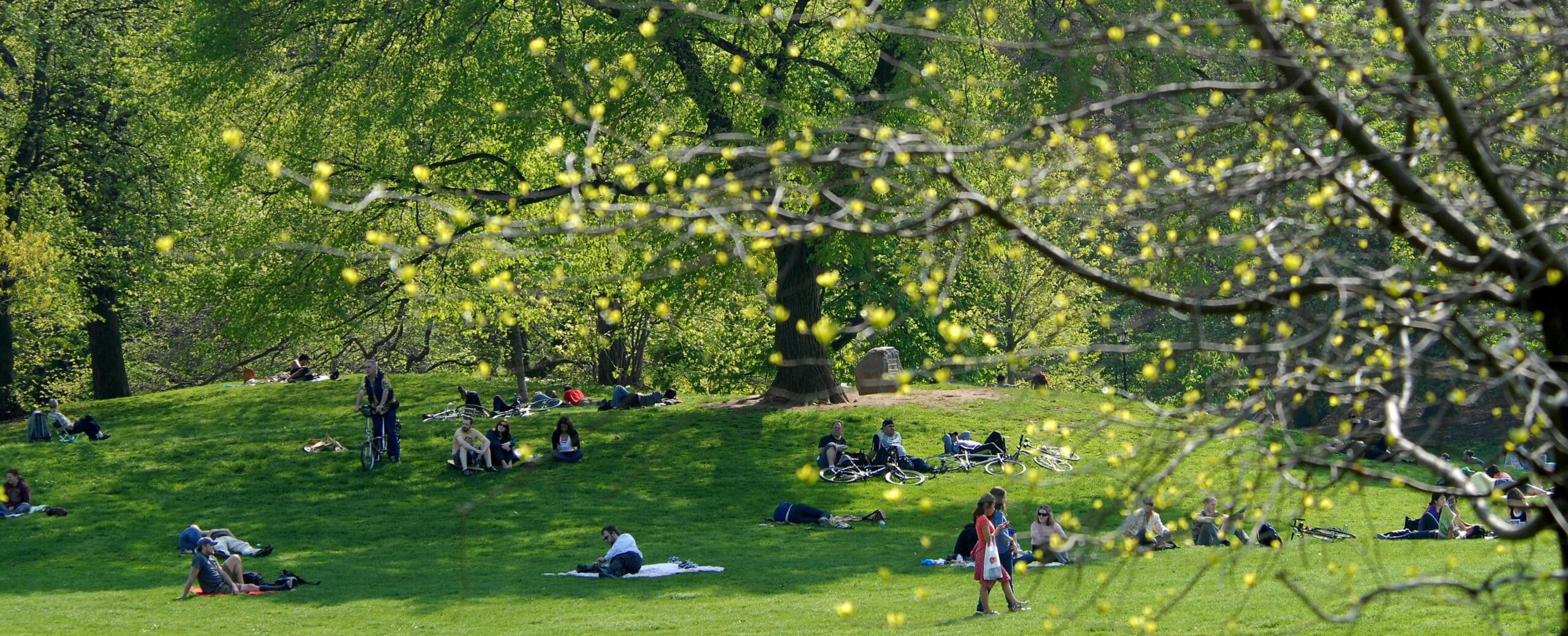PPA Profiles: Jared Kuhn
February 17, 2016
As an arborist for the Prospect Park Alliance, Jared Kuhn gets one question a lot this time of year, “what do you do in the winter?” He can’t help but smile.
It’s a fair question. In the spring, many of the Park’s 30,000 trees return to life with new blooms and leaves. During the summer, they provide crucial shade for many a picnic. And in the fall, the Park’s 30,000 trees become awash with vibrant reds, oranges and yellows.
But while most trees are dormant in the winter, the Alliance’s two arborists, Jared Kuhn and Ryan Gellis, are still busy in the Park. “There’s no true off-season for us. In the winter, we are surveying the Park and removing dead limbs,” Jared explains. “This time of year, issues with trees are easier to spot. It helps us strategize our work for spring and summer.”
The lack of foliage actually allows Jared and Ryan to inspect trees more closely for potential detriments to the health of the trees. “We’re also able to do more structural pruning,” says Jared, “which trains young trees to grow stronger, and entails clipping away branches that could cause the tree to become weaker as it grows larger.”
A Pennsylvania native, Jared studied forestry at Penn State and then moved to Denver, where he worked for a residential tree care firm. But when his then-girlfriend moved to New York to attend FIT, Jared packed his bags and moved back east as well. The move turned out to be a good one. His girlfriend became his wife, and Jared secured a job with the Prospect Park Alliance.
Due to its climate and altitude, Brooklyn is able to support greater diversity of trees than Denver, which is much drier and sits a mile above sea level. That means more varied tasks day in and day out. He enjoys the variety, and Jared considers himself very fortunate. “I work in the woods and I live in the greatest city in the world.”
Love Prospect Park’s trees? Learn more about our commemorative tree program.

